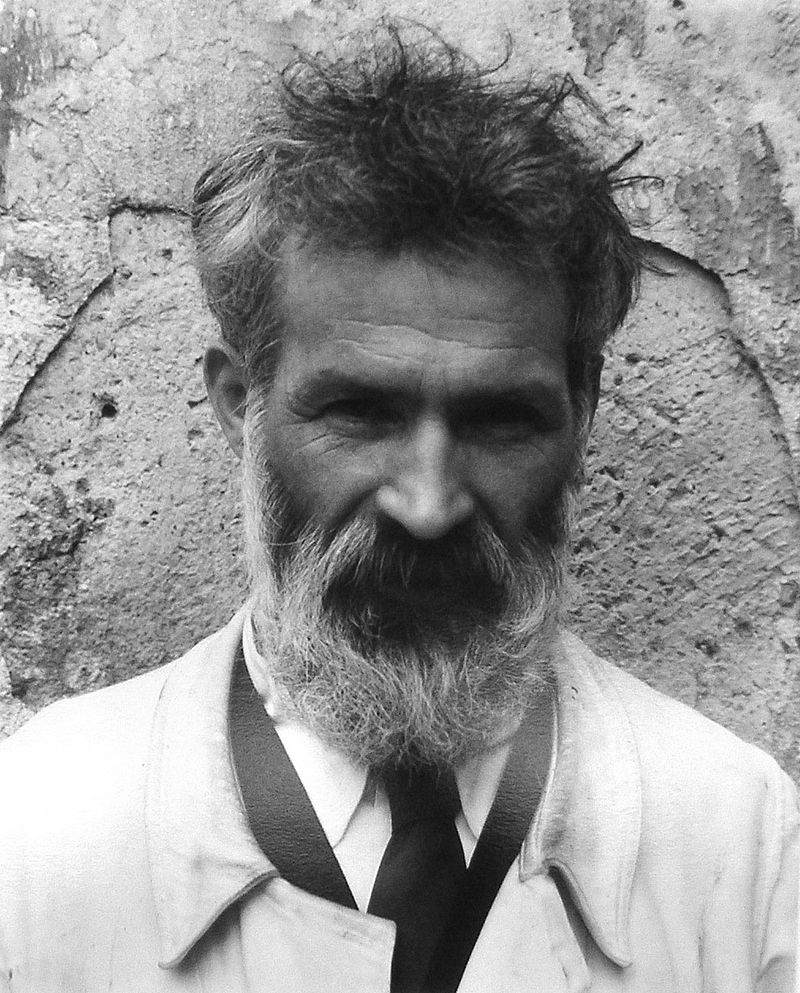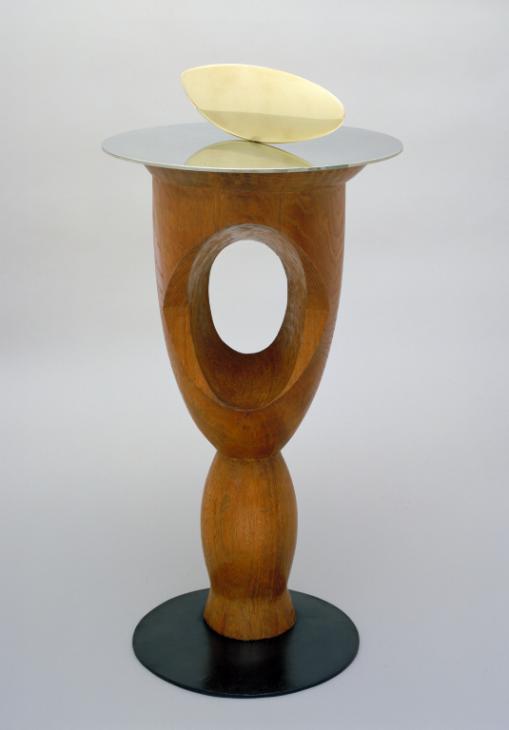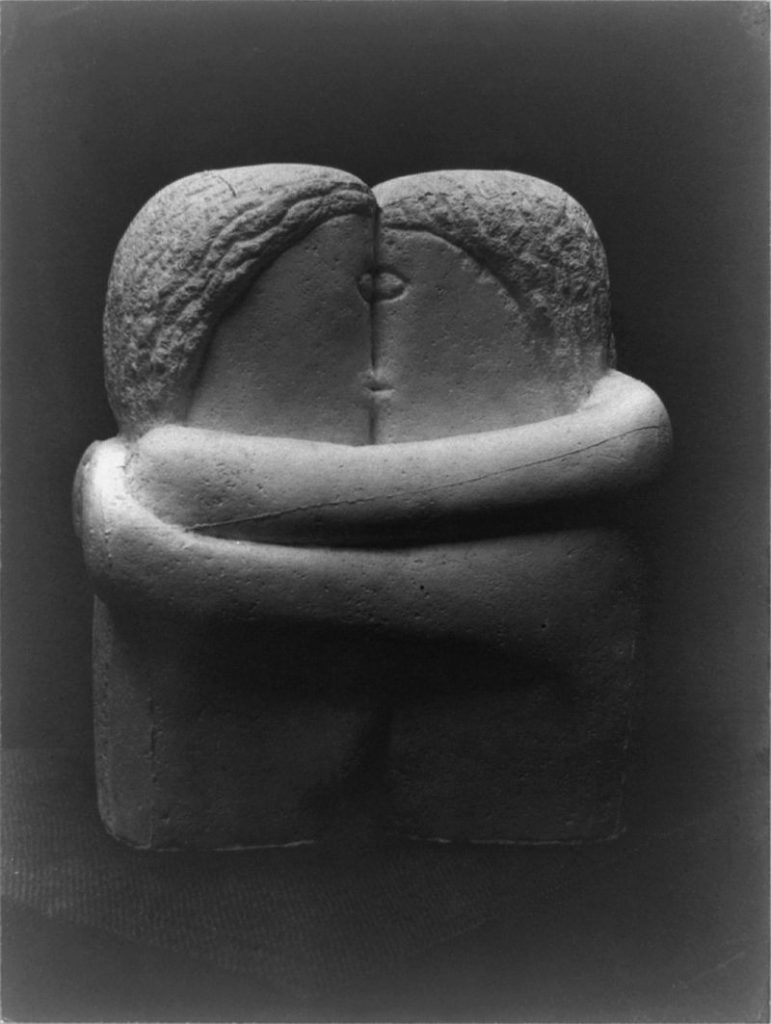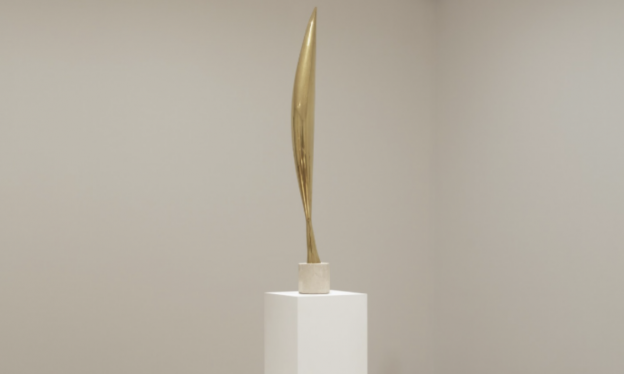If you’ve been following our blog, you’ll know that over the summer we’re doing a series of Artist Spotlights in honor of our three new units (which will be available starting with the 2019-2020 school year). Our last Artist Spotlight looked at Robert Smithson, an artist featured in our new fifth-grade Environmental Art unit. This week, we’ll be taking a look at the work of Constantin Brancusi, an artist featured in our new first-grade Sculpture unit.

Constantin Brancusi was born in Romania in 1876. Apprenticed to a cabinetmaker as a teenager, he studied arts, and eventually went on to attend the Bucharest Academy of Fine Arts. He moved to Paris in 1904 and, after studying further at the Ecole de Beaux-Arts, began exhibiting on his own. Famed sculptor Auguste Rodin (also featured in our Sculpture unit, impressed by his work, persuaded Brancusi to come work in his studio. However, Brancusi soon took his leave, stating “I felt that I was not giving anything by following the conventional mode of sculpture,” according to the Guggenheim.

And depart from the conventional mode of sculpture Brancusi did. His work moved towards abstraction, and was much different than that of his friend, Rodin. Brancusi became more and more focused on how sculpture could reflect the full essence of a thing. He’s quoted as saying that “what is real is not the external form but the essence of things. Starting from this truth it is impossible for anyone to express anything essentially real by imitating its exterior surface.” In his zeal to capture a thing’s essence, Brancusi moved toward the use of abstracted forms–which bothered many in the art world and general public, despite the fact that contemporary painters were using the same sort of approach to their canvases.

In 1913, five of Brancusi’s sculptures were included in New York’s famed Armory Show. Seen as a monumental step in introducing Americans to what was happening in the European art world, Brancusi’s work was displayed alongside the likes of Marcel Duchamp (featured in our fifth-grade curriculum), Georges Braque (featured in our third and and fifth-grade curriculum), and other behemoths in modern art.
However, though celebrated among his contemporaries, his abstraction put off many others. It came to such a point that in 1927, Brancusi’s famous Bird in Space sculpture was brought to trial in New York. The issue in question? To determine whether or not Bird in Space was actually art. One of Brancusi’s most abstracted works, Bird In Space‘s smooth featherlike form was less a representation of what a bird actually looks like, but more of a depiction of how a bird may fly through the air. Again, it shows Brancusi’s focus on the essence of a thing rather than the thing itself. Luckily, the court appreciated essence, too, and declared that Bird in Space is a work of art, and Brancusi would go on to make many versions of the piece.

Brancusi continued to sculpt for most of his life. Though he died in 1957 in Paris, his sculptures have remained hugely significant in the history of art. Despite the seemingly simple structure of his works, Brancusi transformed the world of sculpture into a more experimental medium. His focus on essence, rather than strict adherence to traditional form, emboldened many future sculptors to think differently and bring new approaches to their art. Which is why he’s our second Artist Spotlight in this summer series.
Read more about Constantin Brancusi at the Guggenheim.
What do we do here at the Art Docent Program? Read more about us and our curriculum here!
Check out more on our new units for 2019-2020 here.
Want to learn more about cool artists? Visit our blog archives for more!
Don’t forget to like us on Facebook to keep up with all things Program-related!







